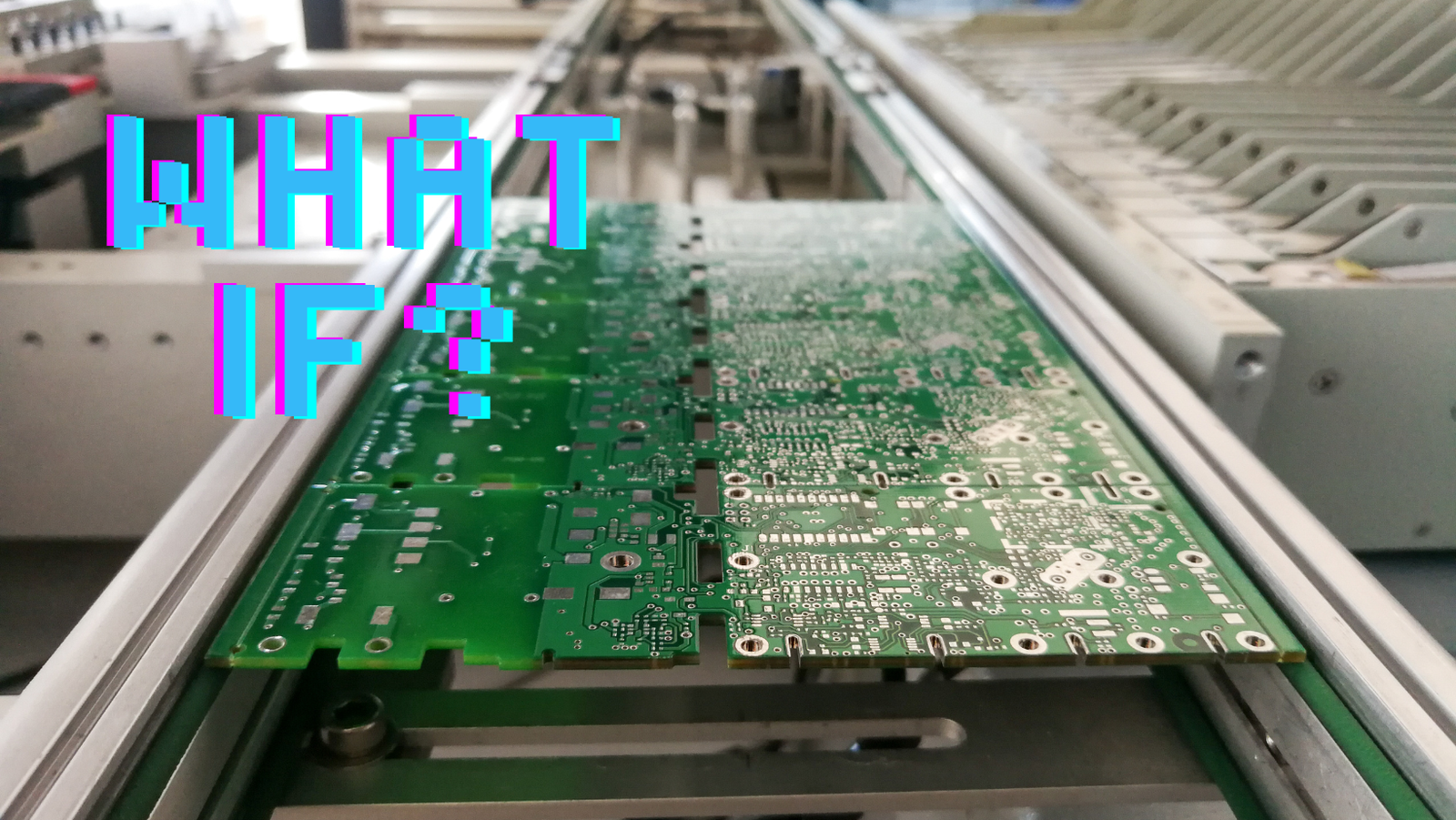Some weeks ago, we attended The National Space Conference in Denmark. The space industry is blooming.
Authorities uses satellite data to protect our nature, climate, and the environment when monitoring emission targets and pollution. Business communities uses satellite data to develop new digital solutions, the transport sector to optimise logistics and route planning, and the defence sector to communicate and get an awareness of our territory and risks.
Space-based data of today, provide information, security, and opportunities in a rapidly increasing digital world. The exploitation of space in the coming years will be green, digital, sustainable, and focus on security.
As a partner, providing printed circuit boards within the Space Industry, we are equally enthusiastic for arenas to discuss the industrial needs and requirements, as we are providing compliant printed circuits and design-tips to make sure every PCB is according to the specifications and requirements for that demand.
The conference offered speeches and topics such as European autonomy in space, commercial opportunities, and challenges in the industry. In addition, the conference included discussions on areas such as sustainability, robots, science, education, and security.
The event was organized by The Ministry of Higher Education and Science, the Center for Defence, Space & Security (CenSec) and the University of Southern Denmark.
When designing printed circuit boards for the Space Industry, it requires careful consideration of numerous factors to ensure reliability and functionality in the harsh conditions of space.
Here are some important points to remember:
Material Selection:
Space environments undergo drastic temperature fluctuations, and the vacuum of space might exert an influence on the properties of materials.
Due to these conditions, it’s important to consider extreme temperatures/vacuum when choosing material types, without compromising performance.
Vibration and Mechanical Shock:
Launch and space conditions subject the PCB to significant vibrations and mechanical shocks. Design the PCBs to withstand these conditions.
Thermal Management:
Implement effective thermal management solutions to dissipate heat, generated by electronic components. This is crucial for preventing overheating in the confined and thermally challenging space environment.
Power Efficiency:
Space missions often rely on limited power sources. Design the PCB for power efficiency to maximize the operational life of the spacecraft and ensure that the power budget is adhered to.
Redundancy and Fault Tolerance:
Incorporate redundancy and fault-tolerant design principles to ensure that the PCB can continue to function even if some components fail. This is essential for the longevity of missions.
EMI/EMC Considerations:
Address electromagnetic interference (EMI) and electromagnetic compatibility (EMC) concerns to prevent signal interference and ensure proper functioning of the PCB in the presence of other electronic systems on the spacecraft.
Testing and Qualification:
Rigorous testing is essential to ensure the reliability of the PCB. Select a partner you know follow industry standards for space-grade electronics and perform extensive testing and qualification procedures.
Traceability and Documentation:
Maintain comprehensive documentation of the PCB design, including materials used, component specifications, and design rationale.
Environmental Sealing:
Protect the PCB from environmental factors, including moisture and contaminants, by using appropriate conformal coatings or encapsulation methods.
Compliance with Space Standards:
Ensure that the PCB design complies with relevant industry standards and guidelines. This includes standards for materials, manufacturing processes, and testing procedures.
Long-Term Reliability:
Plan for the long-term reliability of the PCB by considering factors such as material aging, solder joint integrity, and the effects of prolonged exposure to extreme conditions.
Are you interested?
Reach out to one of our Sales Managers, we are always interested in learning about new products and help solve design or delivery challenges.


